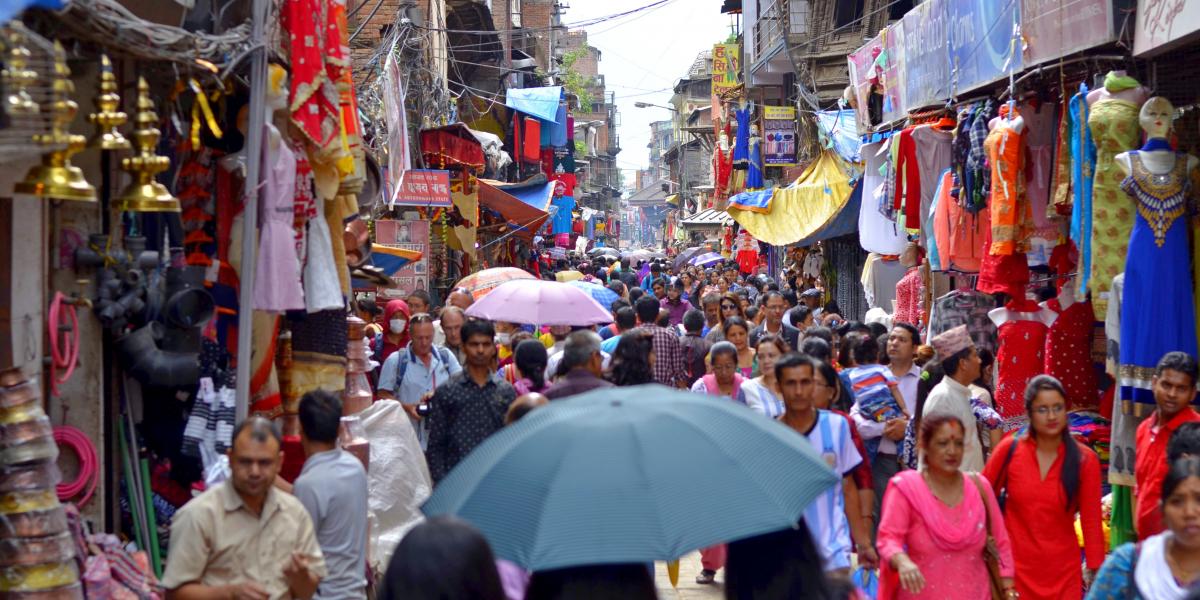Global Spotlight: Nepal

In April 2015, a devastating earthquake hit Nepal, killing an estimated 9,000 people, damaging or destroying 600,000 structures, and inflicting long-term harm on the country’s educational infrastructure. Four years later, the country’s strong GDP growth and ambitious goals to expand its middle class indicate that Nepal is on the path to economic recovery.
There is positive news in its international education sector, as well: Nepal has the highest outbound mobility ratio of any country in the region (see more below). While UNESCO estimates the number of Nepalese students abroad to be more than 49,000, other estimates put the number closer to 60,000—showing that the country’s study abroad numbers have doubled in the last 5 years.
These signs of economic progress, coupled with Nepal’s demographic trends—university-aged Nepalese made up more than a third of the country’s population in 2016, according to the World Bank—make the country a market to watch for recruitment and investment opportunities.
By the numbers:
7.8: Richter scale measurement of the earthquake that devastated Nepal in 2015.
7%: Nepal’s GDP growth in 2017. Five percent growth was projected for 2018, indicating strong progress in the economic recovery from the 2015 earthquake.
13.3: Nepal’s outbound mobility ratio—that is, the percentage of Nepalese tertiary-level students who are studying abroad. By comparison, the mobility ratios of China and India are 2.0 and 0.9 percent, respectively.
13,270: Nepalese students enrolled at U.S. universities during the 2017–18 academic year, a 14.3 percent increase over the previous year’s numbers.
581: U.S. students enrolled at














